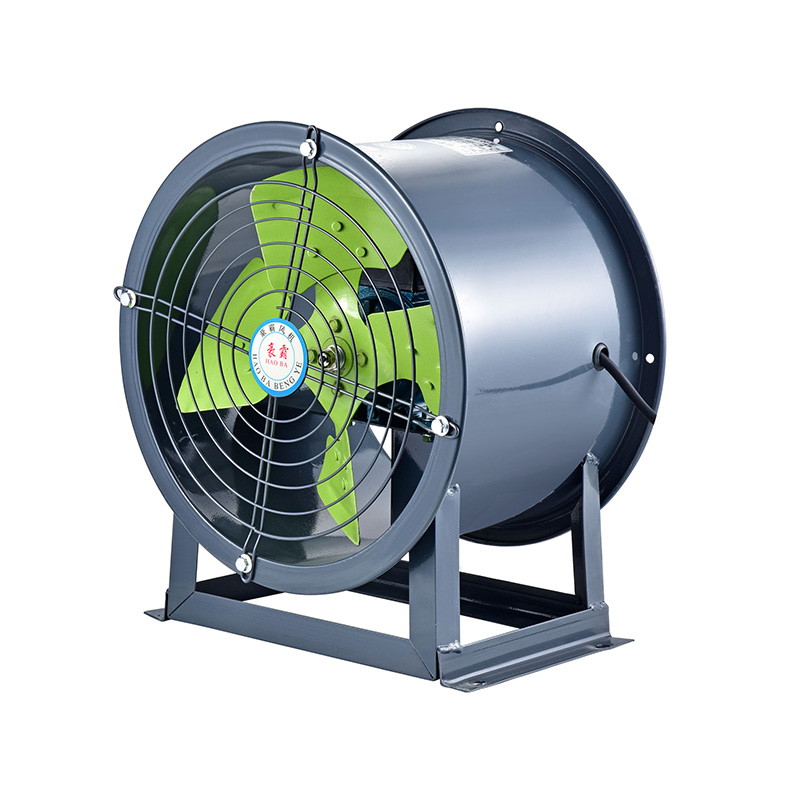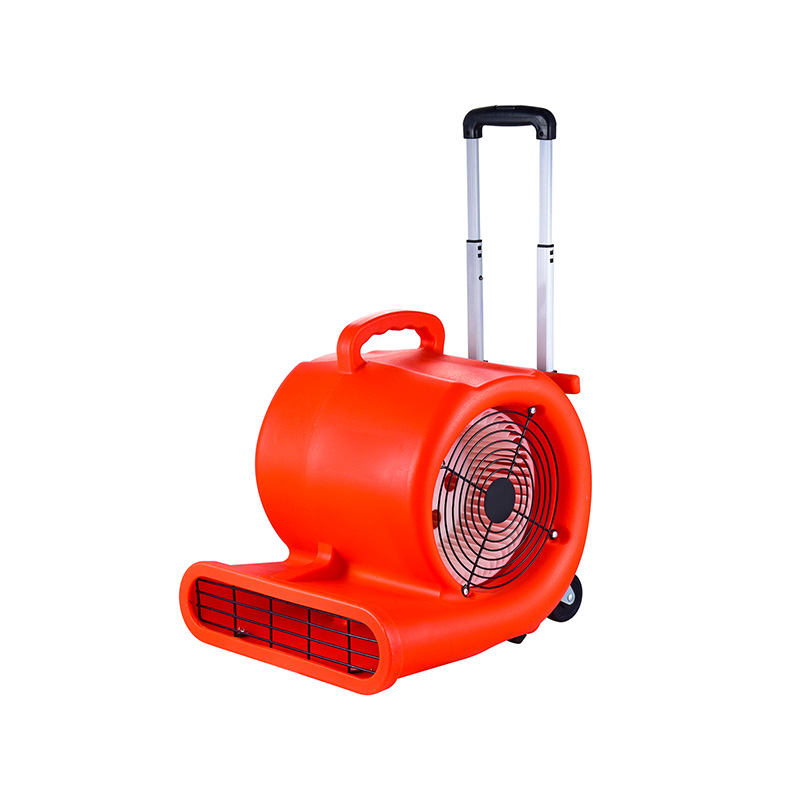Why External Rotor Axial Fans Reduce Noise Effectively
2025-11-21
Noise reduction is a crucial consideration in many industrial and commercial environments. External Rotor Axial Fan is gaining popularity for their ability to provide effective ventilation with reduced noise levels, making them ideal for spaces that require quiet operation without sacrificing performance. At Taizhou Haoba Electromechanical Co., Ltd., we specialize in manufacturing high-quality External Rotor Fan, including axial models, that are engineered to minimize noise while delivering reliable airflow.
The Importance of Noise Reduction in Ventilation Systems
In many industrial, commercial, and residential settings, the noise generated by ventilation equipment can be a significant problem. High noise levels can disrupt productivity, reduce comfort, and even cause to health issues over time. In industries such as manufacturing, healthcare, and office environments, controlling noise is just as important as ensuring proper airflow.
External Rotor Fans are designed with the goal of reducing noise levels while maintaining high performance. By understanding the noise generation mechanisms in traditional fans, it’s easier to appreciate why External Rotor Axial Fans are a better solution in many cases.

Why External Rotor Axial Fans Are Quieter
Reduced Vibration
The unique design of External Rotor Axial Fans allows the motor to be positioned outside the fan housing. This reduces the amount of vibration transmitted to the fan blades and the surrounding structure. In traditional fan designs, the motor is located inside the fan housing, which can create more vibrations and, as a result, higher noise levels.
Optimized Blade Design
The blades of External Rotor Axial Fans are specifically designed to minimize turbulence and air resistance. Air turbulence is a primary source of noise in traditional fans, and by optimizing the blade design, External Rotor Fans can significantly reduce this effect. The streamlined blades reduce the drag that causes excessive noise, resulting in smoother airflow and quieter operation.
Motor Efficiency
The motor design in External Rotor Fans is also more efficient, generating less heat and reducing the likelihood of motor noise. Because the rotor is located outside the housing, heat buildup is minimized, which in turn lowers the noise created by the motor as it operates.
Low-Speed Operation
Many External Rotor Axial Fans are designed to operate at lower speeds while still delivering sufficient airflow. By running at lower speeds, these fans can reduce the frequency of sound waves produced, which results in quieter operation. Fans that operate at high speeds tend to generate more noise, so controlling the speed and optimizing airflow is a key factor in noise reduction.
Applications Where Low Noise is Essential
In industries like healthcare, office buildings, and data centers, noise control is critical. High noise levels can interfere with communication, disturb sensitive equipment, and negatively affect employee well-being. External Rotor Axial Fans are designed to meet these challenges by providing efficient ventilation while keeping noise levels to a minimum.
Healthcare Facilities: Hospitals and medical facilities require quiet environments to ensure patient comfort and privacy. External Rotor Fans help maintain air quality and circulation without disturbing the quiet atmosphere necessary for healing.
Data Centers: Data centers rely on continuous ventilation to prevent equipment from overheating. However, the noise generated by traditional fans can interfere with operations and create a disruptive environment. External Rotor Axial Fans provide a solution by offering effective cooling with minimal noise.
Office Environments: Modern office spaces often emphasize open, collaborative environments where noise levels need to be controlled. External Rotor Fans allow businesses to maintain a comfortable atmosphere by ensuring that ventilation systems run quietly without disrupting daily work.

 English
English русский
русский عربى
عربى









